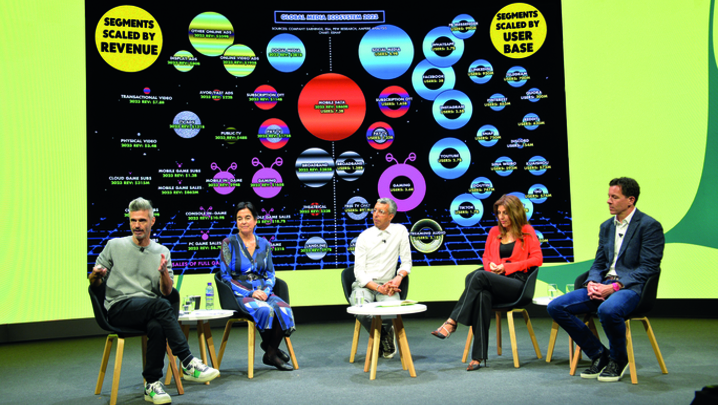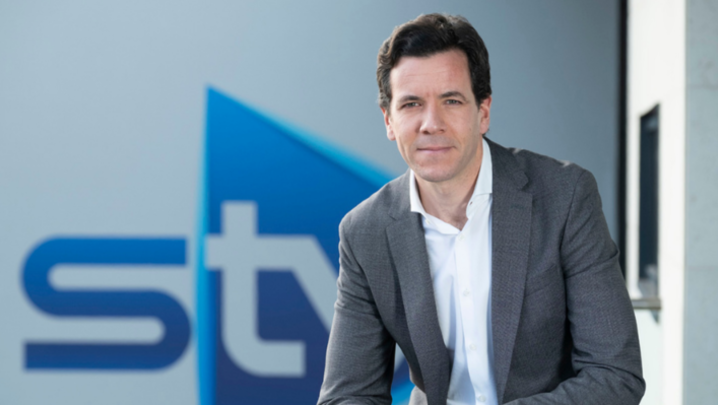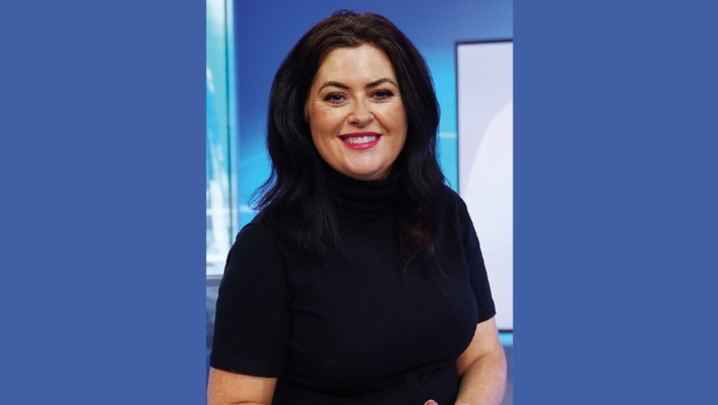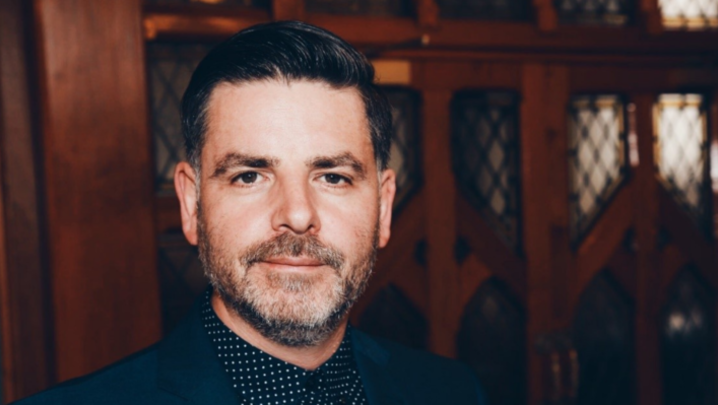In an era of Netflix and Disney+, play to your strengths, recommends Simon Pitts
Audiences flock to the BBC during moments of national importance. That’s the received wisdom, anyway. Think World Cup finals, the Queen’s Speech or big news days. After a career in commercial TV, I’d become resigned to this. Until I moved to Scotland, that is.
It’s different here. Partly, that’s because Scots watch more TV than anyone else in the UK, an average of 25 more minutes per day last year, to be precise (thanks for asking).
No doubt there are cultural factors at play, but the real reason is that it rains a lot. When I swapped London for Glasgow nearly two years ago, there was lots that excited me, including the prospect of walking to the office every day, rather than sweating my way to work on the Tube. I love my 20-minute stroll in the mornings – though I’m invariably wet when I arrive.
Audiences also want TV they can relate to. STV is now the most popular channel in peak time in Scotland, ahead of BBC One. A lot of that is down to the performance of our local programming. Our flagship news show, STV News at Six, regularly beats the BBC because it focuses on people, their communities and their stories.
Ratings are up 15% in the past 18 months alone. Our nightly current affairs strand, Scotland Tonight, goes from strength to strength and is about to be rewarded with a peak-time slot. And this summer, Sean’s Scotland (hosted by perennially popular STV weatherman Seán Batty) beat Love Island and EastEnders on the same night.
What does this tell us? Not that you need to be parochial or clichéd to succeed, but that, in a world of Netflix and Disney+, you’ve got to play to your strengths. And ours is unashamedly our Britishness and, yes, our Scottishness.
The resilient performance of our TV channel means we’re still, by far, the biggest marketing shop window in Scotland, which, in turn, has led to more than 100 local brands advertising on TV for the first time in the past 12 months. This is thanks to our STV Growth Fund.
I can honestly say that Grizzly Bear Hot Tubs in Carnoustie would not be Scotland’s No 1 hot-tub retailer without us.
In digital, as have other broadcasters, we’ve had to embrace the necessity of cannibalising our old business to build a new one.
We now have more than 70% of the Scottish population signed up as registered users of STV Player, and a host of new content partners. We like to think that we’ve got something for everyone – OK, especially if you like Taggart.
But the most exciting opportunity lies in TV production. Scotland is full of talent, but many still feel they need to go south of the border to fulfil their dreams. And I don’t mean Carlisle.
Big-budget, ambitious, new, network dramas such as The Cry and The Victim (that’s ours!), as well as the forthcoming Elizabeth Is Missing (that one, too) and The Nest celebrate Scotland’s creativity and its beauty. They prove that our dramas can hold their own on a world stage.
They also demonstrate the BBC’s intent around nations and regions production, by the way, with Channel 4 hot on its heels. What we need now are returning series. That’s the absolute key to long-term success.
One of the most rewarding days since joining STV was last month, when I met our crop of new bursary students. We’ve partnered with the RTS to offer funding, mentoring and work placements to 10 talented young people from lower-income households pursuing journalism, TV production and technology courses right across Scotland.
There’s no other scheme like it in the country. Reading the students’ CVs makes you swell with pride, as well as wonder what the hell you were doing at university, while they were writing code and making award-winning films.…
The future might be damp up here, but it’s bright, too.
Simon Pitts is CEO of STV, Vice-Chair of the RTS and Chair of the RTS Technology Bursary Scheme.






